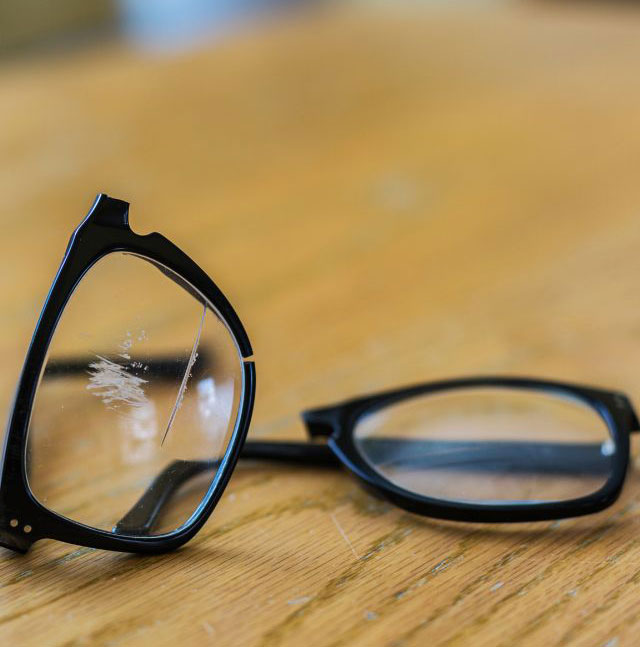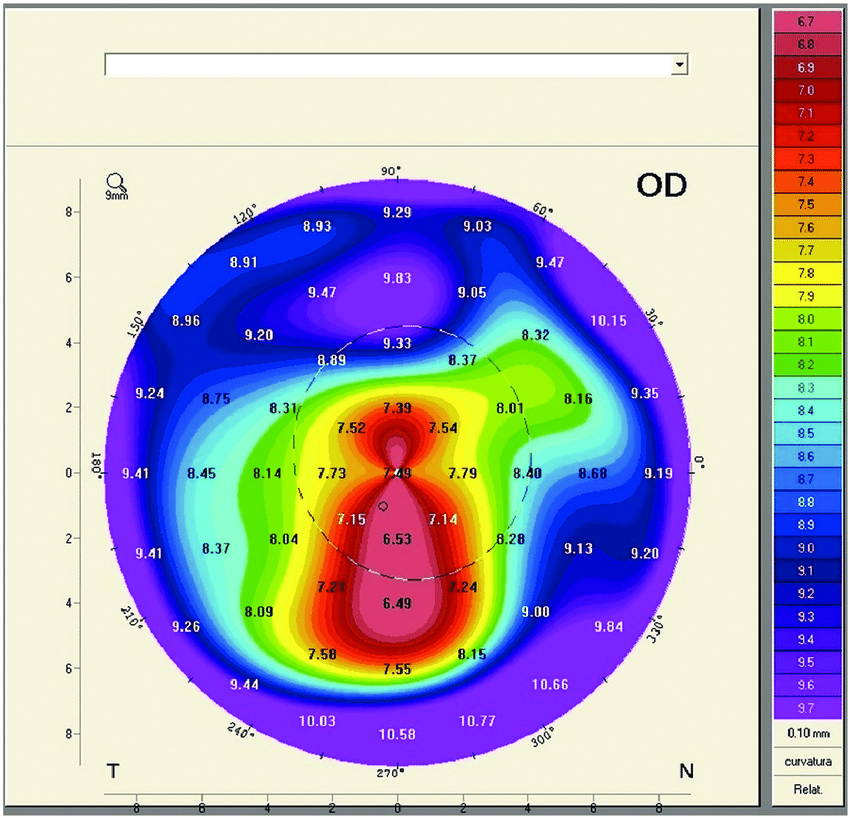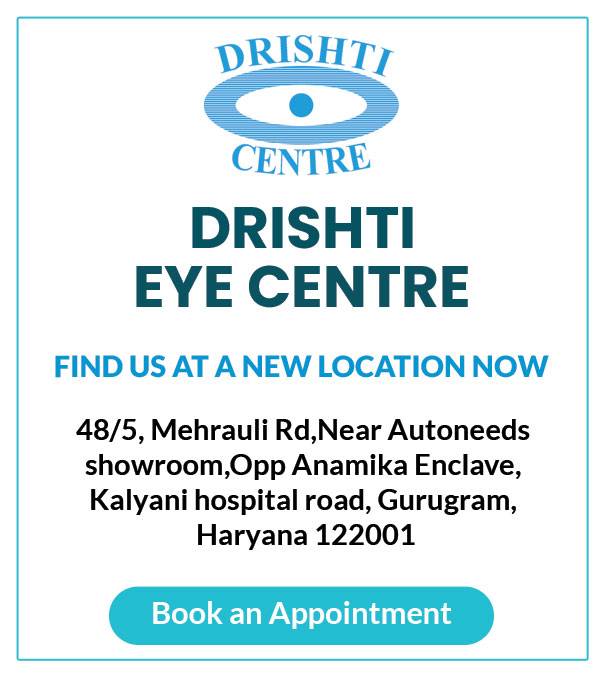Freedom from Glasses
Freedom from Glasses
LASIK : Contoura vision/Aspheric/Femto/Smile.
ICL : ICL/IPCL.
RLE : Refractive Lens Exchange.


LASIK
Types Of Lasik
Contoura vision : Contoura Vision is a type of laser eye surgery designed to address refractive errors like nearsightedness (myopia), farsightedness (hyperopia), and astigmatism.
Aspheric Lasik : Here Along with number & irregularities, cornea is reshaped almost like normal cornea.
Femto Lasik : It is a laser eye surgery that uses femtosecond laser technology to create a precise corneal flap for vision correction.
Smile Lasik : It is a minimally invasive laser eye surgery that corrects vision by creating a small lenticule within the cornea, enhancing visual acuity.


Who can undergo Lasik
- Anybody not wanting to wear glasses or contact lenses and who satisfy following criteria.
- More than 18 years of age.
- Stable number for last 6 months.
- Not pregnant or post delivery more than 6months.
- Having Adequate thickness of cornea.
- Preferably having Spectacle power of -1 to -8D or +1 to +6D or Cyl of1 to 6D.


Pre LASIK Workup
Involves detailed eye examination including : spectacle power check with and without cycloplegia, corneal thickness measurement- Pachymetry, corneal mapping- Topography-aberrometry & Pentacam, measurement of Intraocular pressure, eyelid & tear film assessment, any squint, pupil size, dilated Retinal examination. If you are a contact lens wearer then soft lenses should be discontinued at least one week and RGP (semisoft) contact lens at lease 2 weeks before this eye check-up and Lasik procedure. This examination determines whether you are a suitable candidate or not.


LASIK Procedure
The procedure essentially involves making and lifting a flap of cornea, doing laser and sticking the flap back without any stitches. Normally takes 8-10 min for one eye and one can go home almost immediately.
Post LASIK Care
The patient can resume routine activities the very next day. No dietary restrictions. Only washing and rubbing of eyes is prohibited for 1 month.
Long Term Effects
There are no serious long term side effects and the safety profile of the procedure is excellent because of the investigations which are routinely done before surgery. Majority of the people develop dryness of the eye which resolves in a few weeks depending on the preoperative condition of the eye . LASIK corrects number only for distance hence one would need reading glasses after 40 years of age .
PHAKIC IOL
Phakic IOL is an Intraocular lens (IOL) implanted inside the eye with the natural lens insitu; i.e. between iris and the natural lens to correct spectacle power. Two types of Phakic IOLs are being offered by us; ICL (Implantable Collamer Lens) & IPCL ( Implantable Phakic Contact Lens).
Who can undergo Phakic IOL
Anybody not wanting to wear glasses or contact lenses and who satisfy following criteria
- Age between 21 and 45 years.
- Have Myopia (-4 to -20 sphere) with or without Astigmatism (1 to 4 cyl) and Hyperopia (+3 to +10sphere)
- Stable glasses number for more than a year.
- Adequate anterior chamber depth.
- Has not undergone any ophthalmic surgery and does not have a history of eye disease such as iritis, glaucoma.
- Not pregnant or post delivery more than 6months.
- Patients not fit for LASIK due to weak/thin cornea or post C3R for keratoconus.


Pre Phakic IOLWorkup
Similar to LASIK. Only additional thing measured is size of cornea and space in the front portion of the eye along with goniscopy.
Phakic IOL Procedure
The implantation procedure itself takes about 15 minutes and is performed on an outpatient basis under a light topical or local anesthetic wherin the lens is placed between the natual lens and the coloured part of the eye , Iris. The lens is not visible to anyone.
Long Term Effects
Some patients can develop increase in the pressure of the eye which is taken care of with medicines. In less than 1% cases cataract changes can get enhanced.
Post Phakic IOL Care
Same as LASIK
REFRACTIVE LENS EXCHANGE
Refractive lens exchange (RLE) or Clear lens extraction (CLE) is the removal of natural clear noncataractous lens of the eye with intraocular lens impanation as a refractive procedure to correct spectacle power.
Eligible candidate for RLE
Patients 18-40 yrs of age with high myopia and high hyperopia (12 to 30 diopters ) which is not manageable by LASIK or Phakic IOL. Also done for patients above 40 yrs who do not want to wear glasses for near vision by putting Multifocal and Accommodative IOLs.
RLE Procedure
RLE is similar to any other cataract procedure under local anesthetic eye drops. The natural lens matter is aspirated and replaced with refractive intraocular lens. Like cataract, It is a day care surgery.
Advantages Of RLE
A person with very high spectacles power of say -20 or +15 dioptres is completely dependent on glasses or contact lens . For them ,it is a boon to be able to see well and get rid of the burden of heavy glasses or daily chore of managing the contact lenses. The predictability, stability, ease of technique and better quality of vision, coupled with use of toric or multifocal lens technologies and advantages of small-incision surgery, makes it a viable option for getting rid of very high glasses number at a very reasonable cost.
Long Term Effects
A thorough checkup of the retinal periphery is mandatorily done with retinal laser for any hole or break detected to prevent the remote possibility of retinal detachment. This is especially for high minus numbers. There no such concerns for patients with high plus numbers. Rest of the risks & complications are same as any cataract surgery.

